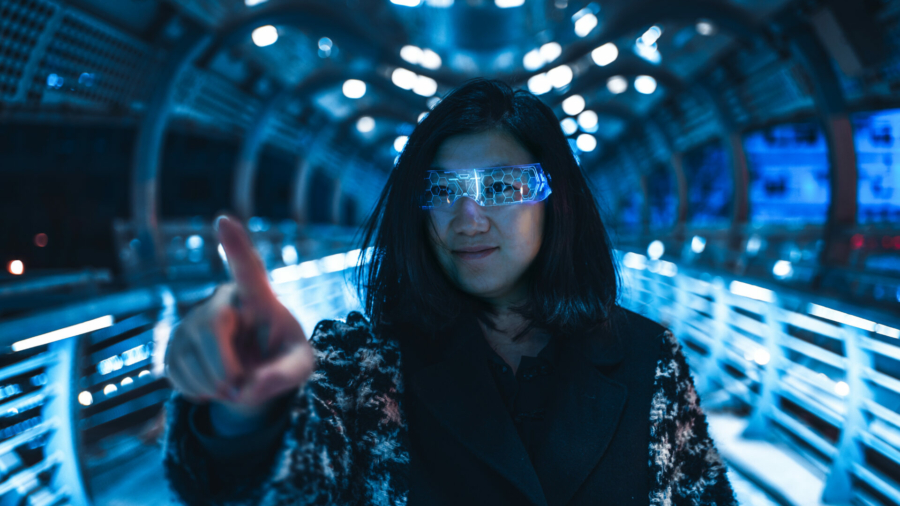Virtual and augmented reality are revolutionizing the way we interact with technology and experience the world around us. These immersive technologies are opening up a world of possibilities, from enhancing entertainment experiences to transforming how we work and learn. Let’s explore the incredible potential of virtual and augmented reality.
Enhanced Entertainment Experiences
Virtual reality (VR) and augmented reality (AR) have completely transformed the entertainment industry. VR allows users to fully immerse themselves in virtual worlds, whether it’s exploring the depths of the ocean or fighting off zombies in a post-apocalyptic landscape. AR, on the other hand, overlays digital content onto the real world, creating interactive experiences that blend the physical and digital worlds seamlessly.
One example of how VR is enhancing entertainment experiences is in the world of gaming. With VR headsets, players can step into their favorite games and feel like they are actually inside the virtual world. This level of immersion creates a more engaging and realistic gaming experience.
Transforming How We Work
Virtual and augmented reality are also revolutionizing how we work and collaborate. In industries such as architecture, engineering, and construction, VR and AR can be used to visualize and interact with 3D models of buildings and structures. This allows professionals to better understand spatial relationships and make more informed design decisions.
Additionally, VR and AR technologies are being used in training and education to simulate real-world scenarios in a safe and controlled environment. For example, medical students can practice surgical procedures in a virtual operating room, while employees can undergo virtual training sessions to improve their skills and knowledge.
Expanding Learning Opportunities
Virtual and augmented reality have the potential to transform the way we learn by making education more immersive and interactive. Students can take virtual field trips to historical landmarks, explore the human body in 3D, or conduct virtual science experiments. These experiences can help students better understand complex concepts and retain information more effectively.
Furthermore, VR and AR can provide greater accessibility to education for students who may not have access to traditional learning resources. With a VR headset and an internet connection, students can access educational content from anywhere in the world, breaking down barriers to learning and expanding opportunities for all.
In conclusion, the possibilities of virtual and augmented reality are truly incredible. From enhancing entertainment experiences to transforming how we work and learn, these immersive technologies are shaping the future of technology and opening up new opportunities for innovation and creativity. As VR and AR continue to evolve and become more mainstream, we can expect to see even more exciting applications and use cases emerge in the years to come.

